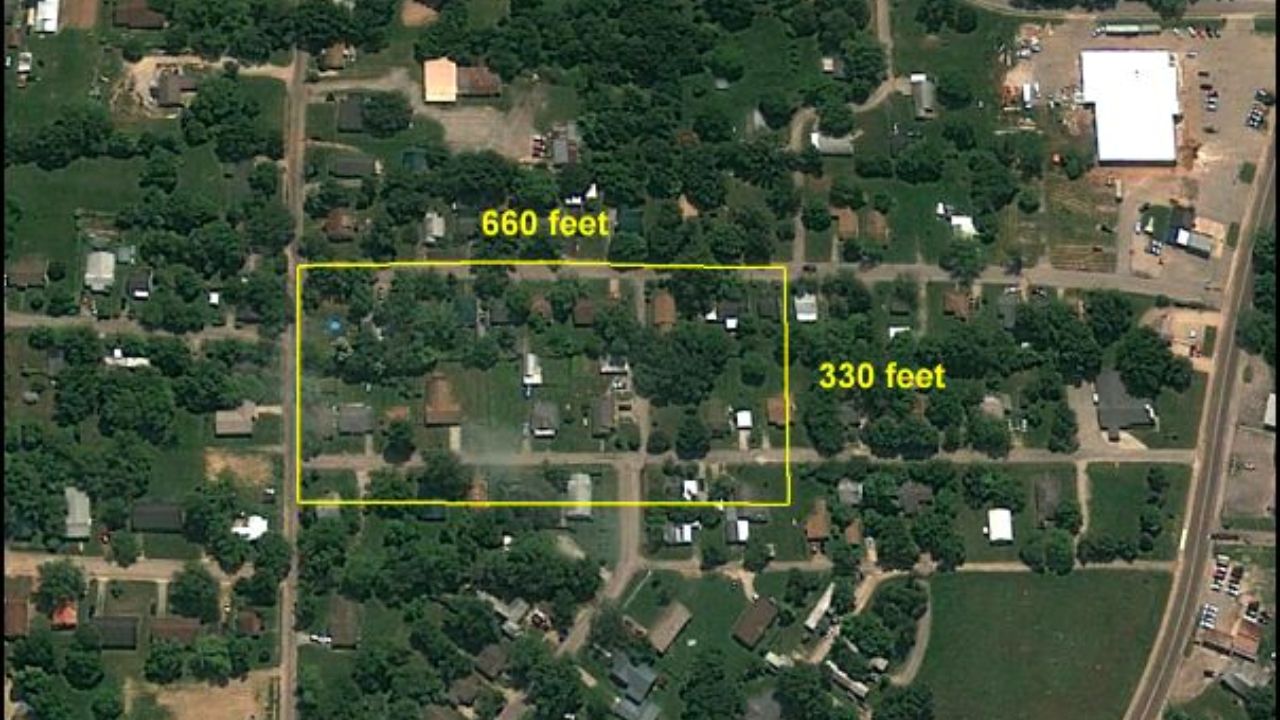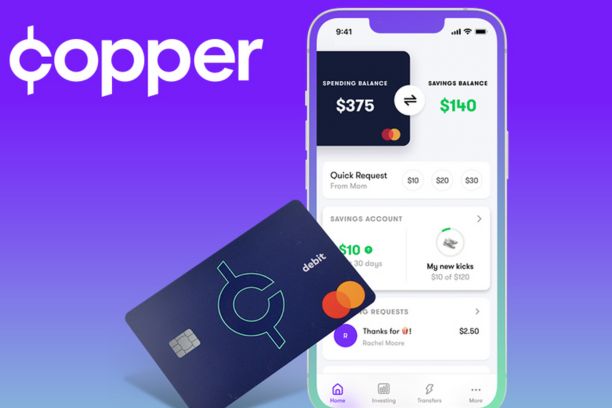In the competitive world of job hunting, the question of “How long does a hiring process take?” is one that weighs heavily on the minds of both job seekers and employers alike. The job application and interview process is a pivotal journey, marked by uncertainty and anticipation. In this article, we delve into the intricate timeline of hiring, aiming to shed light on the various factors that influence the duration of the hiring process.
How long does the hiring process take?
The hiring procedure can take a week or more—there is no set length of time for this question. The duration of the process varies according to the particular post and organization you are applying to, the volume of candidates for the position, and the number of interviews needed.
For instance, in a week or two, a business can hire people for entry-level service employment. Some employers—such as university professors—may have hiring procedures that take up to 30 days if they are employing team members with various skill sets.
How To Annotate A Poem For Readers?
What are the steps in the hiring process?
Here are the steps in the hiring process so you can understand why it may be taking longer than you expected:
1. Crafting the job posts
Job ads are the first step in the hiring process for employers. These job postings typically list the anticipated responsibilities of the prospective employee.
These could include the level of past job experience and educational background needed for the role, as well as any certificates or qualifications that are necessary.
They might also include details like the anticipated pay and benefits as well as the applicant’s suitability for the physical demands of the position.
The management and human resources (HR) teams work together to accurately and clearly create the job postings. There are companies that might not be in need of extra workers right now, so they might wait to post jobs until they do.
2. Advertising the open positions
Employers advertise the open opportunities after creating the job ads. They have the option to publish job posting notifications on career websites and job boards. The open roles for which the company is hiring may be published in the “Careers” section of their website if one exists.
Role requirements are typically included in job listings so you can evaluate your knowledge, skills, and abilities in relation to the job description.
They can also distribute their postings internally and within their professional networks, as well as submit them to employment newsletters. You can now look through these sites to identify jobs that appeal to you.
How Long To Get Master’s Degree?
3. Receiving and evaluating applications
Recruiters in the HR division usually review and assess resumes, cover letters, and applications that people submit. Applications are sent directly to a company’s hiring manager if a recruiter is not involved in the recruiting process.
They sort applicants into lists based on qualifications, noting who meets the requirements and who is not. Given that big businesses could receive hundreds or thousands of applications, this process could take a while.
4. Conducting phone or video interviews
Recruiters or hiring managers may arrange for phone or video interviews with candidates once they’ve selected those they’d want to learn more about.
Both parties benefit from these interviews since the hiring manager may get a feel for the candidates’ personalities and potential fit with the team before making an in-person introduction.
Since the candidates won’t have to go to the company’s office until they’re in a more serious consideration stage, this step is also convenient for them.
5. Having in-person interviews
Employers can narrow down their pool of candidates by using the phone and video interviewing processes. The company may invite the remaining candidates for in-person interviews following virtual interviews.
Face-to-face interviews allow employers to assess candidates’ knowledge and gauge how well they would fit into the company’s culture. At this point, the employer may give and grade any tests related to personality, job knowledge, and skills evaluation that are part of the candidate assessment process.
6. Making decisions
The results of interviews may be distributed by a recruiting manager to other hiring staff members. To verify a candidate’s qualifications, the recruiting staff may go over their application papers one more time as well as look over background checks and test results. You might also have to finish a drug test before the employer makes a final choice. A business can then choose which candidates to hire as staff members.
7. Creating and extending offers
The hiring process remains ongoing until the company extends an offer that the candidate then accepts. During this stage, candidates might engage in negotiations to secure terms that align with their desired salary and benefits. On occasion, new hires might also discuss potential adjustments to their start date.
In many instances, employers communicate with candidates who were not selected to inform them of the decision, allowing them to proceed with their job search.
How Long Is A Semester In College?
Why does the hiring process take so long?
The hiring process can be lengthy for several reasons. Companies may receive a high volume of applications, which takes time to review, even with applicant tracking systems.
The process duration also depends on company size and the complexity of the role. Background checks, assessments, and other tasks contribute to the timeline.
Additionally, operational demands, management changes, or budget considerations can cause delays in filling job openings.
Conclusion
In the competitive world of job searching, the length of the hiring process can be a crucial factor for both job seekers and employers. While it varies based on numerous variables, understanding the factors that influence the timeline is essential.
This article has shed light on the complexities of the hiring process duration, providing insights that can help both candidates and hiring professionals navigate this often uncertain journey with greater clarity.
References
- https://www.indeed.com – Q&A: How Long Does the Hiring Process Take? (With Steps)
- https://www.linkedin.com – How Long Does It Take to Get Hired?






